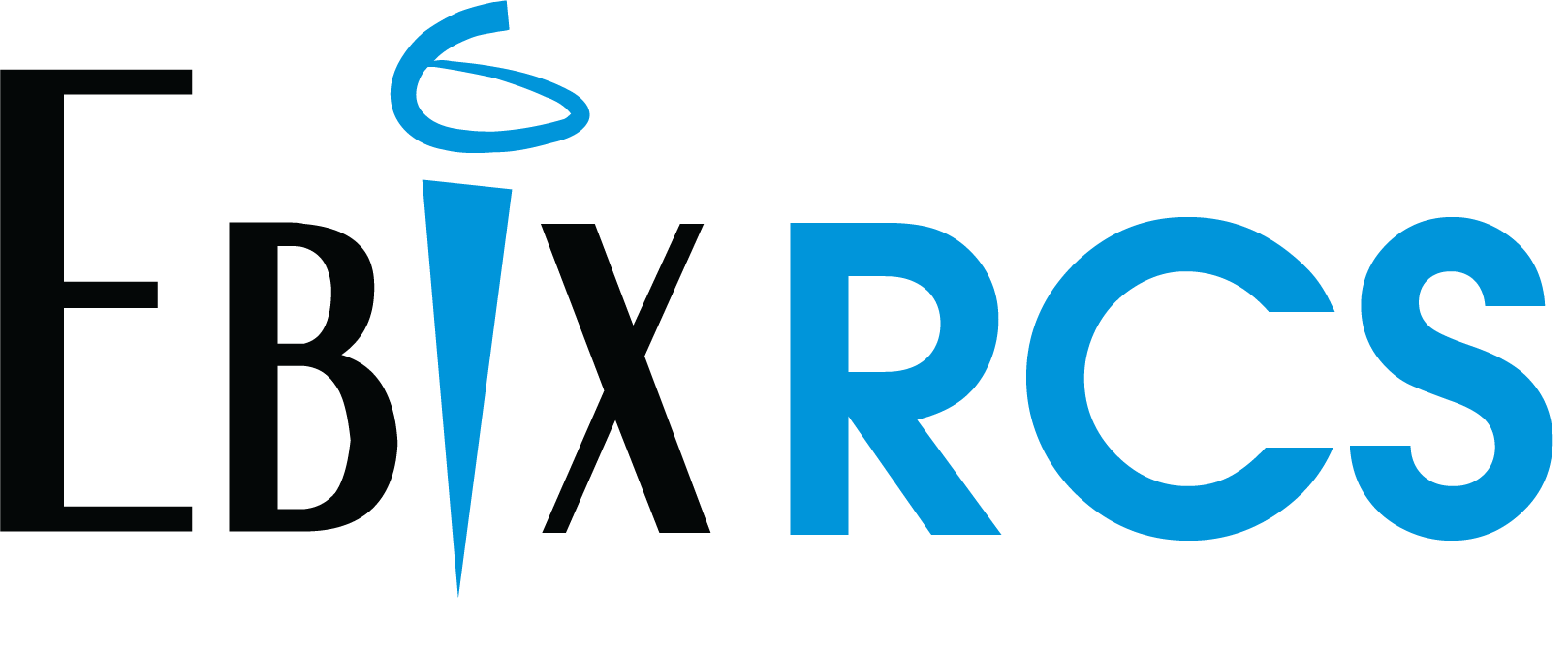COI Compliance Management – Going a Step Further
“Appearance blinds, whereas words reveal.”
Oscar Wilde
Obtaining and evaluating Certificates of insurance (COIs) from business partners with whom we form agreements is a well-established, standard process in most industries. This process is intended to facilitate the collection of information and to assure those with whom we do business are fulfilling their contractual obligation to maintain insurance coverage defined in an agreement. The language contained in the insurance provision of agreements obliges our Partners to direct their insurance agent or broker to issue evidence of insurance coverage. Most often this is done by supplying the requested information on the “ACCORD 25 Certificate of Liability Insurance” form.
COIs provide a snapshot of details about the coverage contained in our Partners’ policies including effective and expiration dates, lines of coverage, written policy limits, and other provisions of coverage. Providing this information on COIs is the most common way to convey evidence of coverage as it represents an efficient means of communication. However, one shortcoming in this process is that it leaves open the possibility that the polices described on COIs do not align precisely with the insurance obligation in the agreement between the parties. The policy’s “insuring agreements” section may provide narrower coverage than required by the agreement. Also, endorsements may have added been added to the policy that restrict coverage to a degree that makes it unacceptable to the Certificate Holder. Ultimately this results in a false sense of security that the protections we are assuming are in place as an additional insured for certain types of claims may not actually be available to us. Our exposure to loss is elevated above the level we perceive it to be.
For those organizations seeking to address these shortcomings, here are a few alternative approaches to ameliorate the risk:
Request/review the entire policy
Instead of requiring COIs make it a contractual requirement for partners to provide entire policies for each of the required coverages. Reviewing entire policies will show any policy provision in the insuring agreements or endorsements that create an unacceptable level of exposure. While this is approach is provides the highest ability to identify such exposures, for most, it would be cost-prohibitive to devote resources to this level of review. And, business partners may resist agreeing to provide entire policy forms. As such, this approach is best suited for any agreements containing a very high level of risk for a casualty loss.
Request/review schedules of endorsement
While not as comprehensive an approach as obtaining and reviewing entire policies, obtaining and reviewing the schedule of endorsements to the GL policy allows for identification of any endorsements to the policy that might be problematic and, potentially unacceptable. Under many circumstances, reviewing the schedule of endorsement to each partners’ general liability policy provides a viable middle-ground solution between requiring the COI only, and requiring and reviewing the entire policy form. While most organizations have concluded that reviewing and tracking COIs represent an adequate solution to manage assurance of contractual risk transfer, there are options available to those who believe it is necessary to go a step further to validate the protections offered by the insurance policies procured by our business partners.
For more information about Ebix RCS and the Ebix RCS CertsOnLine COI management service please visit www.ebixrcs.com.
Lee Roth
Lee Roth is a VP at EBIX RCS


